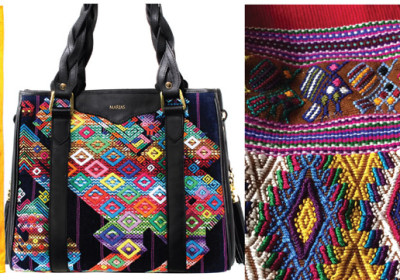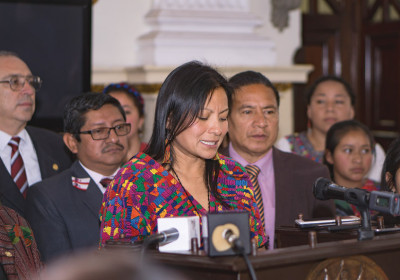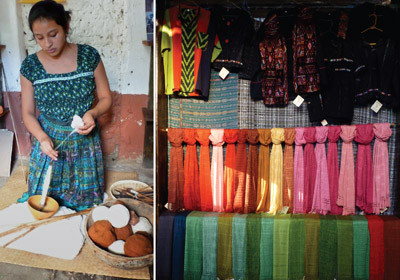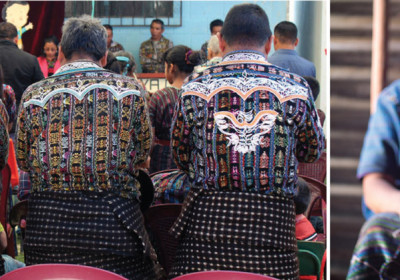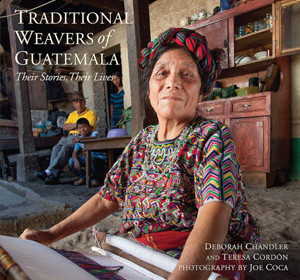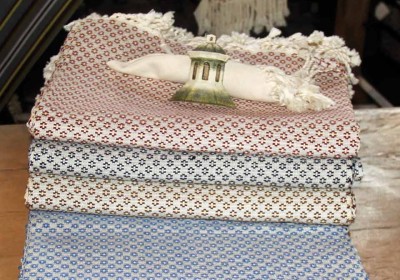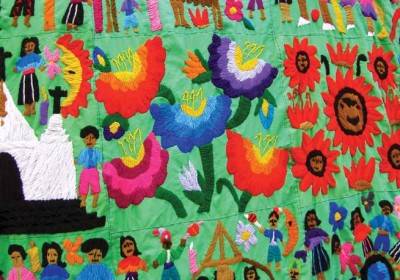Don’t Call Me María part 3
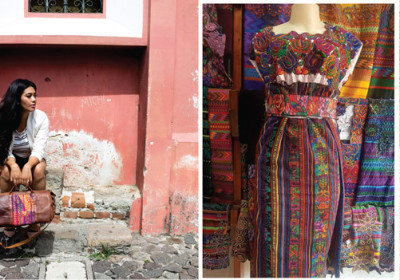
The struggle continues over who can claim ownership of the colors, threads and shapes of indigenous weavings. “The women no longer knew how to weave,” recalled Angelina Aspuac, a 40-year-old community activist from Santiago, Sacatépequez. In the Mayan community, where the huipil and corte have been integral elements of culture, the observed loss of weaving became a call to arms. […]
Read more